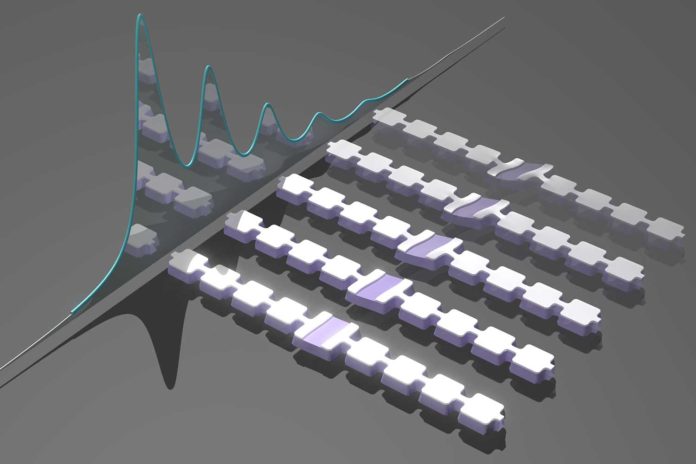Now it is possible to measure individual particles of sound, called phonons- thanks to Stanford Scientists who developed quantum microphone. The quantum microphone is a device the world’s most sensitive microphone.
According to scientists, the device could, in the long run, lead to smaller, increasingly efficient quantum computers that work by controlling sound instead of light.
Study leader Amir Safavi-Naeini, an assistant professor of applied physics at Stanford‘s School of Humanities and Sciences said, “We expect this device to allow new types of quantum sensors, transducers and storage devices for future quantum machines.
Phonon, in condensed-matter physics, a unit of vibrational energy that arises from oscillating atoms within a crystal.
Safavi-Naeini said, “Sound has this granularity that we don’t normally experience. Sound, at the quantum level, crackles.”
As of recently, scientists have been not able to measure phonon states inbuilt structures legitimately in light of the fact that the energy contrasts between states—in the staircase analogy, the spacing between steps—is vanishingly small.
Graduate student Patricio Arrangoiz-Arriola, a co-first author of the study said, “One phonon corresponds to energy ten trillion times smaller than the energy required to keep a lightbulb on for one second.”
To address this issue, the Stanford team engineered the world’s most sensitive microphone—one that exploits quantum principles to eavesdrop on the whispers of atoms. It consists of a series of supercooled nanomechanical resonators, so small that they are visible only through an electron microscope.
The resonators are coupled to a superconducting circuit that contains electron pairs that move around without resistance. The circuit shapes a quantum bit, or qubit, that can exist in two states at once and has a natural frequency, which can be perused electronically. At the point when the mechanical resonators vibrate like a drumhead, they produce phonons in various states.
Graduate student Patricio Arrangoiz-Arriola, a co-first author of the study said, “The resonators are formed from periodic structures that act as mirrors for sound. By introducing a defect into these artificial lattices, we can trap the phonons in the middle of the structures.”
By detuning the system so that the qubit and the resonators vibrate at very different frequencies, the researchers weakened this mechanical connection and triggered a type of quantum interaction, known as a dispersive interaction, that directly links the qubit to the phonons.
This bond causes the recurrence of the qubit to shift to the extent to the number of phonons in the resonators. Scientists estimated the qubit’s changes in tune and determined that the quantized energy levels of the vibrating resonators.
Safavi-Naeini said, “Different phonon energy levels appear as distinct peaks in the qubit spectrum. These peaks correspond to Fock states of 0, 1, 2 and so on. These multiple peaks had never been seen before.”
The ability to generate and detecting phonons could lead to new kinds of quantum devices that are able to store and retrieve information encoded as particles of sound or that can convert seamlessly between optical and mechanical signals.
Safavi-Naeini said, “Such devices could conceivably be made more compact and efficient than quantum machines that use photons since phonons are easier to manipulate and have wavelengths that are thousands of times smaller than light particles.”
“Right now, people are using photons to encode these states. We want to use phonons, which brings with it a lot of advantages. Our device is an important step toward making a ‘mechanical quantum mechanical’ computer.”
